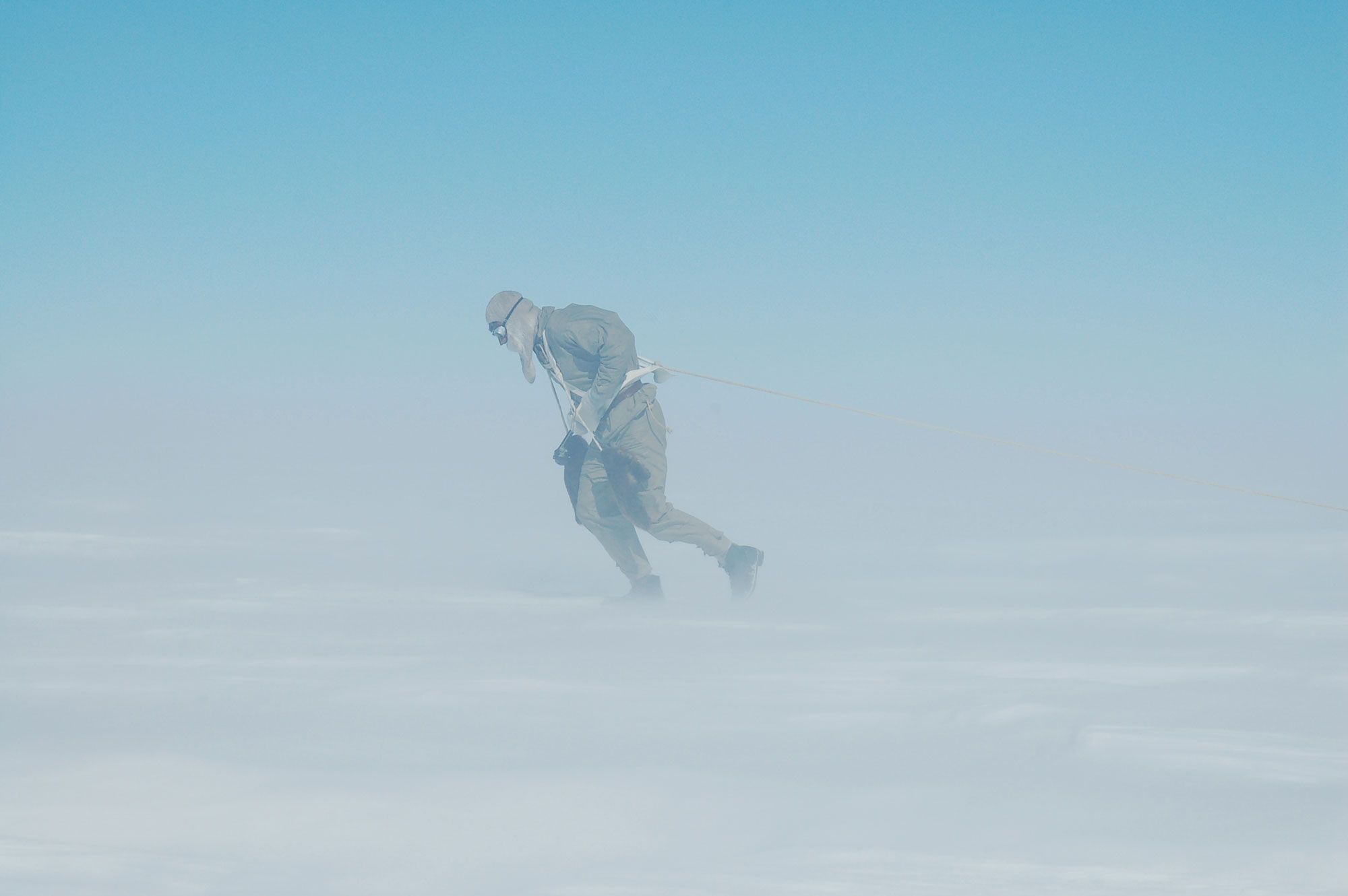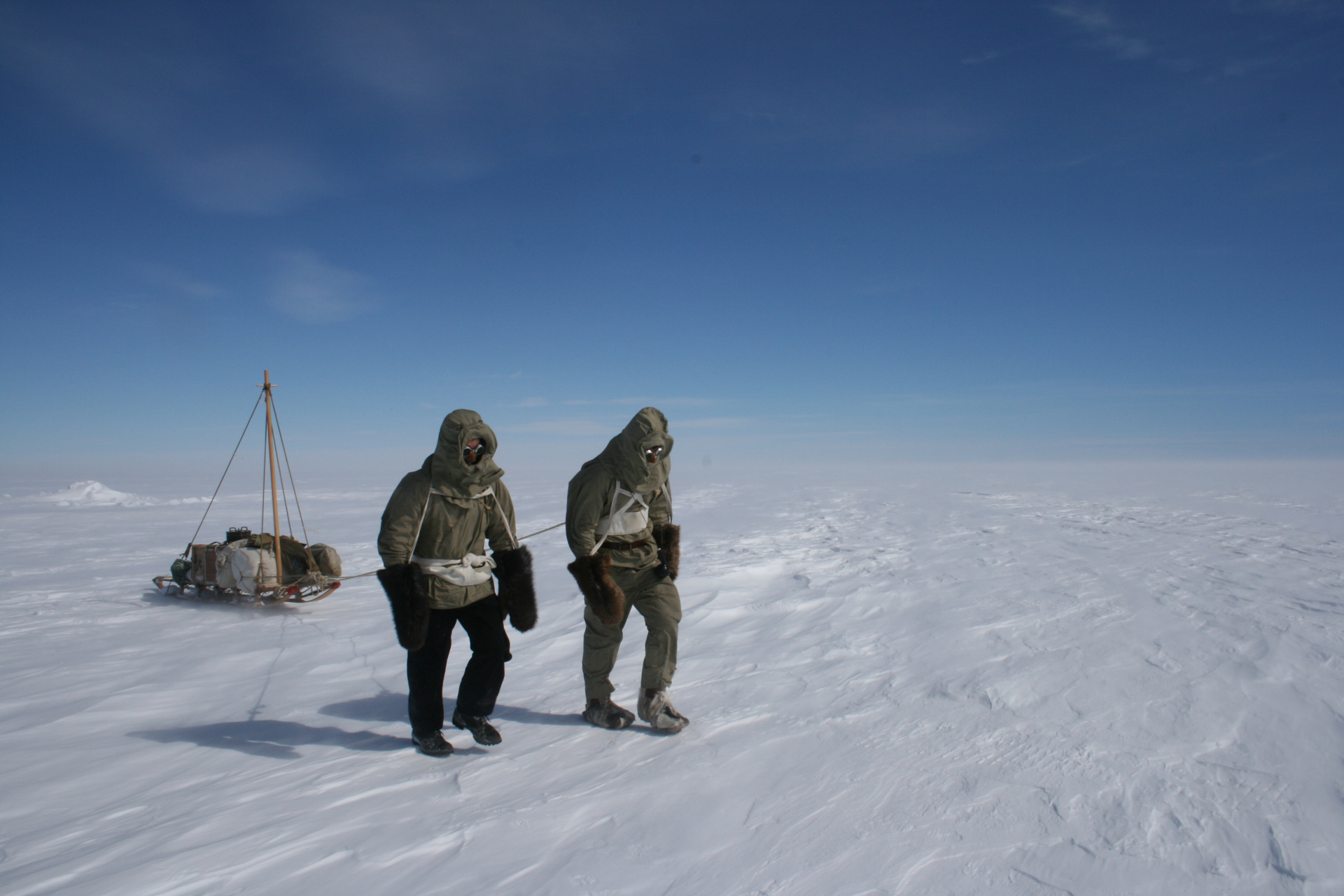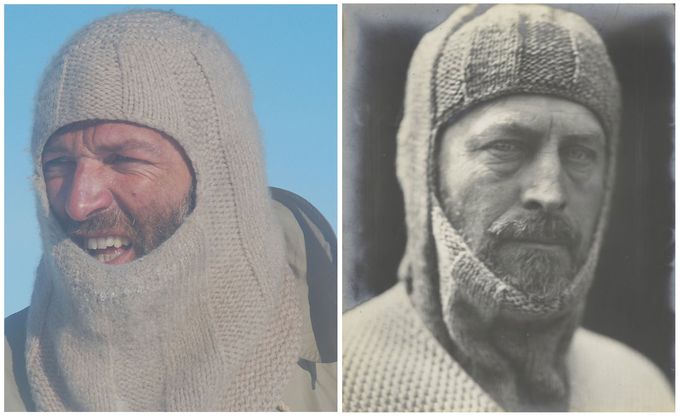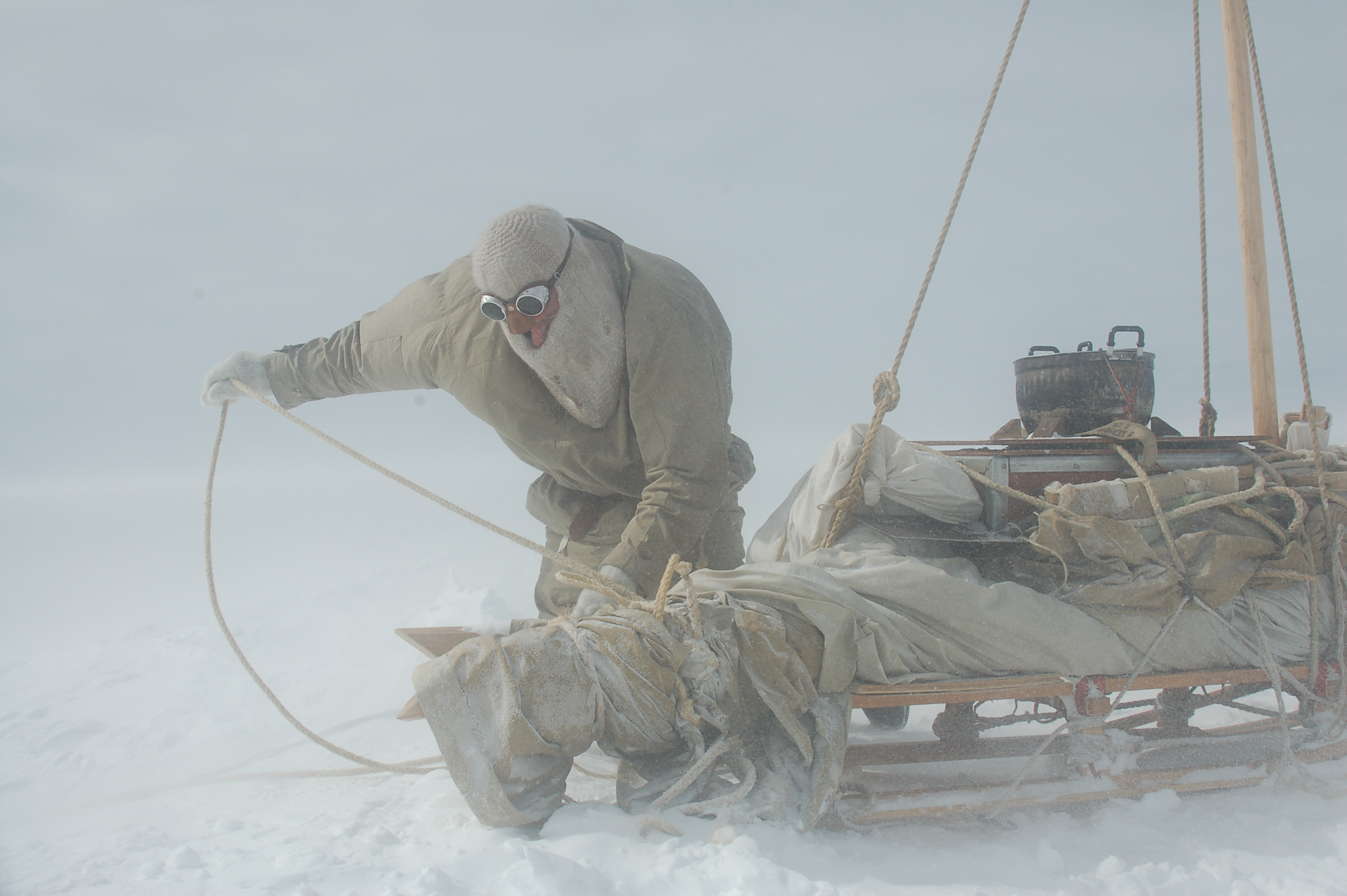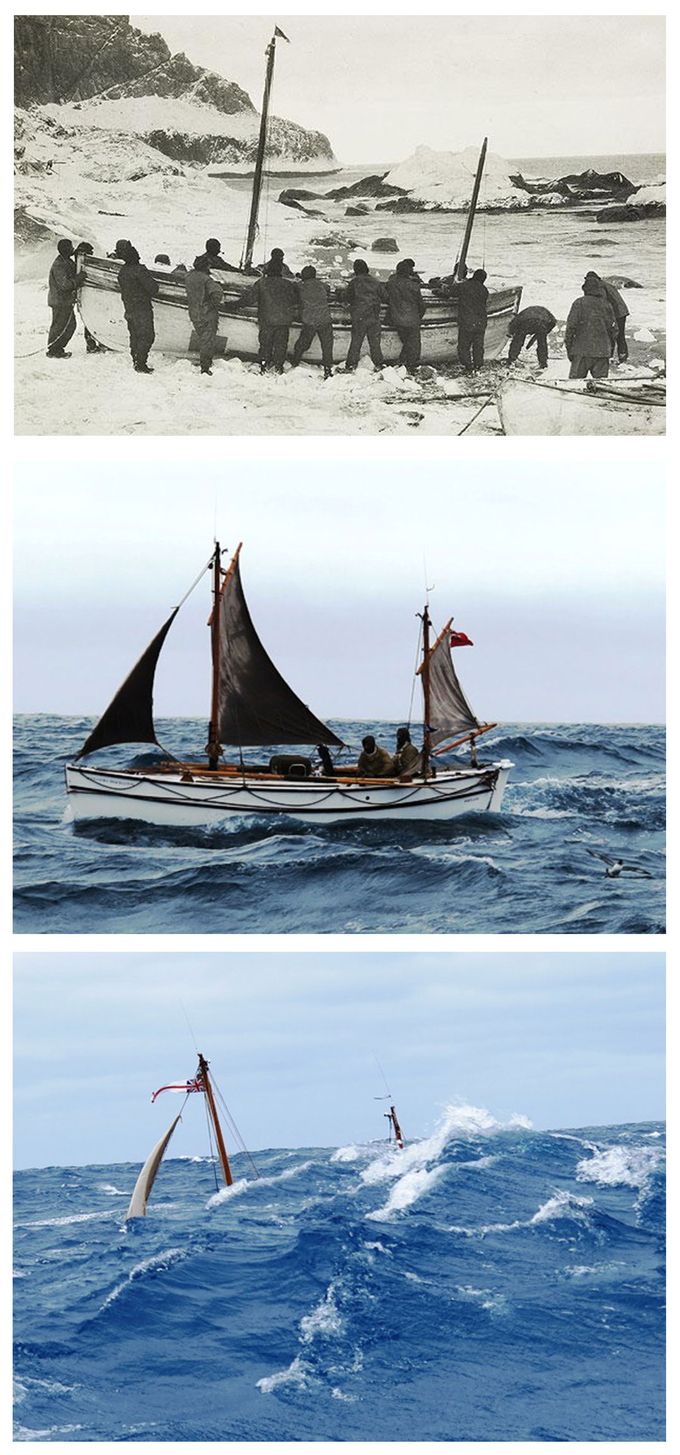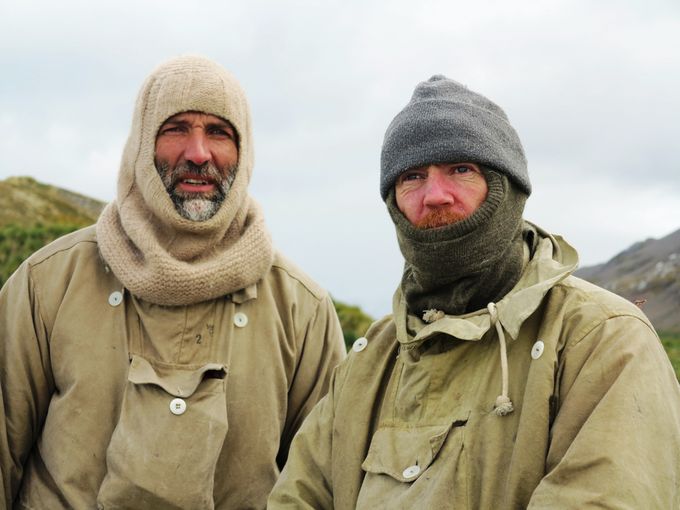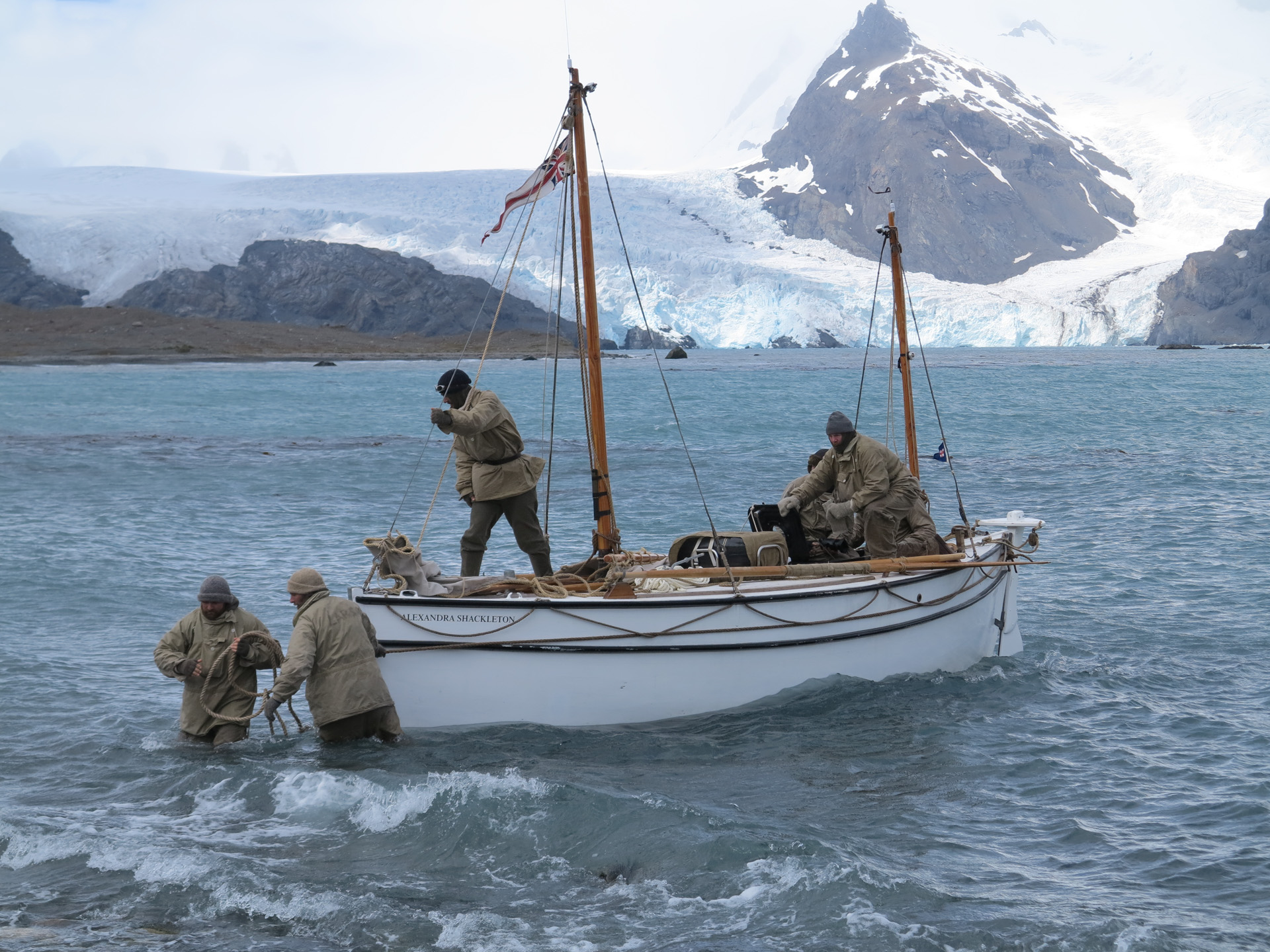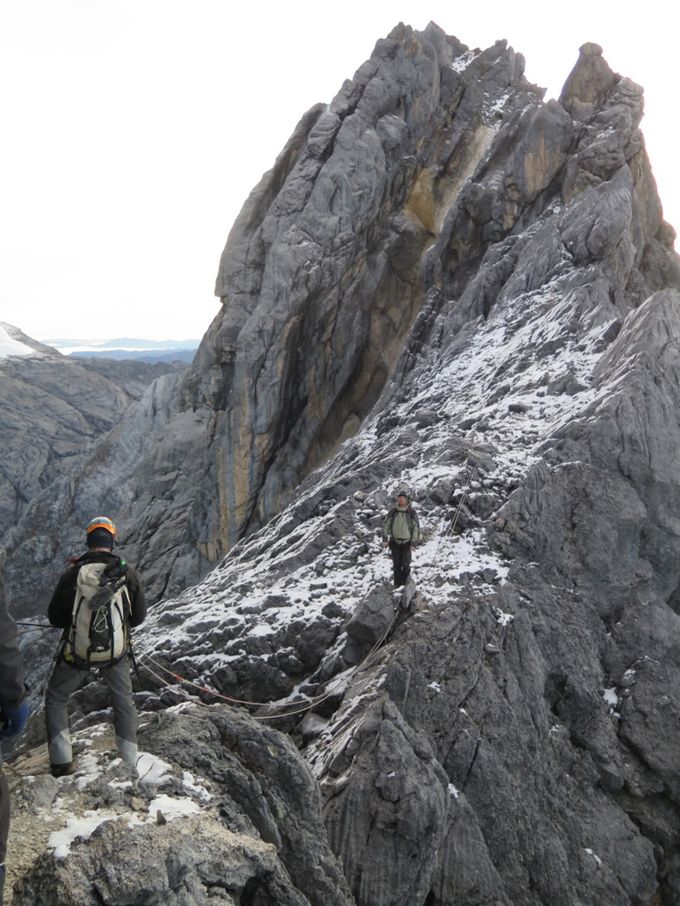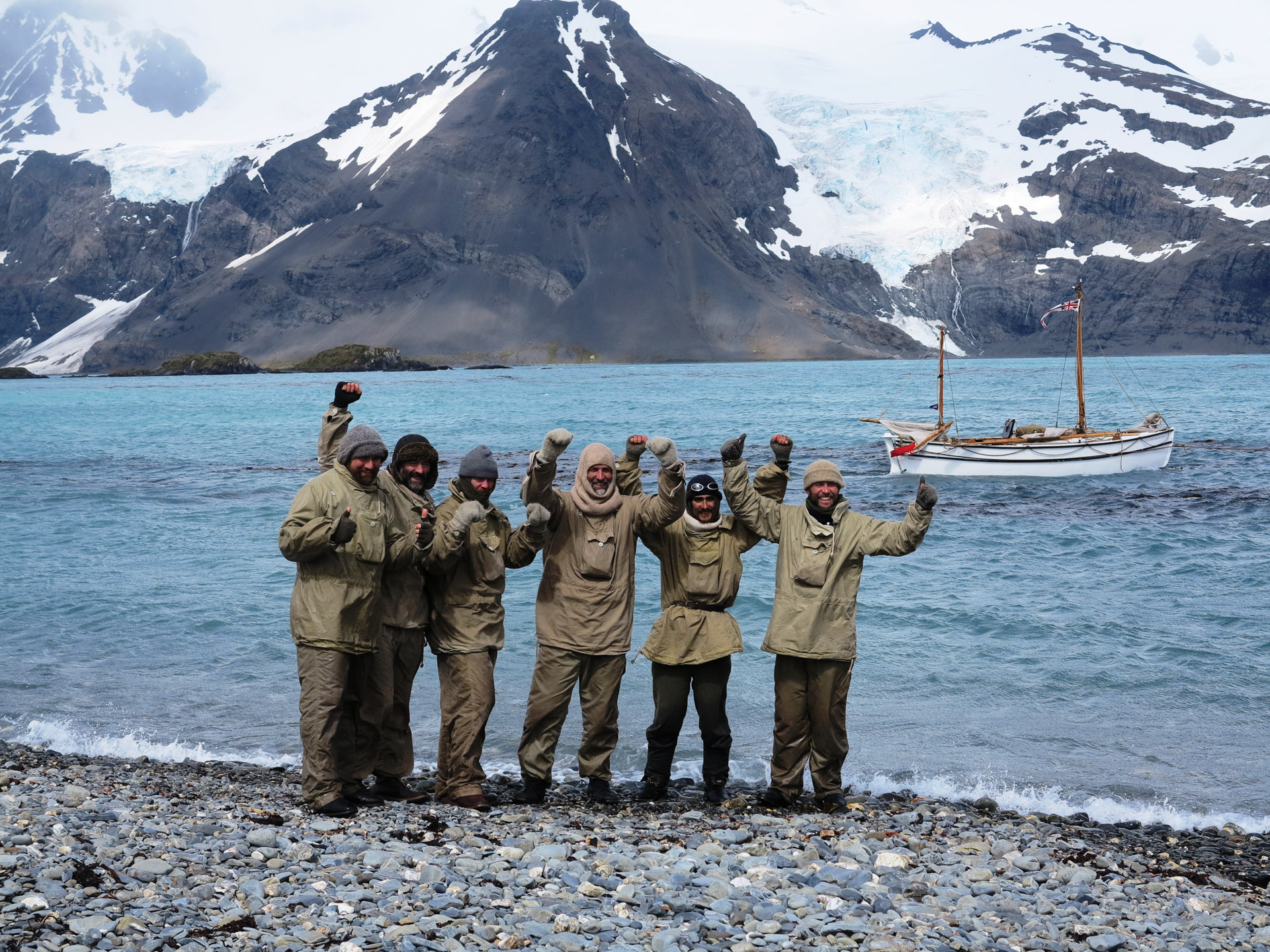Words by Tristan Kennedy | Photos Courtesy of Tim Jarvis
On January 8th 1913, explorer Douglas Mawson was at his lowest ebb. His friend and colleague Xavier Mertz was lying dead next to him, having finally succumbed to a combination of starvation, exhaustion and dysentery after months out on the ice of Antarctica. About three weeks before the pair had lost their third companion, Lieutenant Ninnis, who fell to his death in a crevasse along with their tent and most of their food.
Mawson and Mertz had been forced to eat their huskies to survive. In doing so, they’d unwittingly ingested dangerous quantities of vitamin A from the dogs’ livers, effectively poisoning themselves. Their skin began to fall off. Every morning Mawson had to ties the soles of his feet back on over the raw flesh beneath before putting on his boots – an incredibly painful process. Before he died, the poison drove Mertz slowly mad. Huddled in his wet sleeping bag, shivering on the snow beneath the makeshift tent, Mawson describes his horror when: “I stretched out my arm and found that my comrade was stiff in death.”
“In that moment of despair, with little hope and even less food, some suspected that he’d cannibalised some of his dead friend’s flesh.”
“It was unutterably sad that he should have perished thus,” he writes. But in an indication of how alone and desperate Mawson was, he explains that Mertz’s “mortal frame, toggled up in his sleeping bag, still offered some sense of companionship”. His account continues: “I threw myself down for the remainder of the night, revolving in my mind all that lay behind and the chances for the future.” His chances, at the time, were not good. And although Mawson eventually made it out alive (and lived to write about the experience) some suspected that in that moment of despair, with little hope and even less food, he may have succumbed to his basest instincts and cannibalised some of his dead friend’s flesh.
